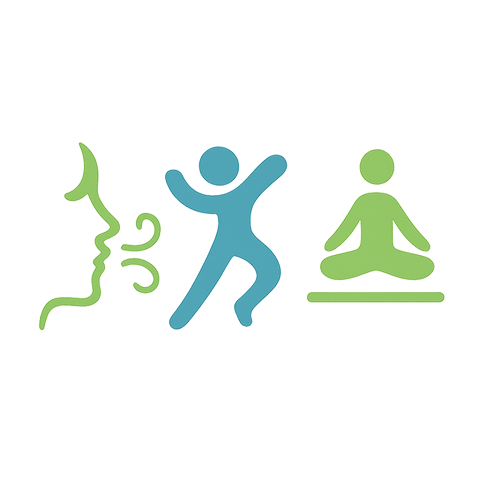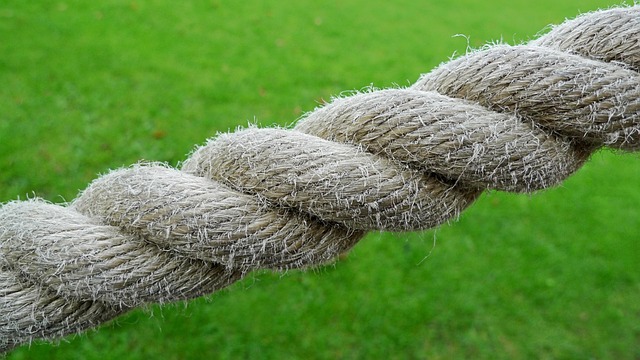
Achieving Stability: The Key to Success in Fitness Stretching
In the world of fitness stretching, achieving stabilization can be the foundational key to not only progress but also to maintaining overall health. As you embark on your journey towards enhanced flexibility and strength, understanding the importance of stabilization within your training can make a significant difference in your outcomes.
When we think about stretching, it’s easy to focus solely on the immediate benefits: increased flexibility, reduced muscle tension, and improved range of motion. However, what many overlook is the crucial role that stabilization plays in this process. Stabilization refers to the ability to maintain control of your body’s position during various movements and stretches. It’s about creating a strong base that allows you to engage in more functional activities with confidence.
Consider the times when you stretch without proper stabilization techniques in place. You might feel a rush of exhilaration as you reach further than before, but this can often lead to injuries if your body isn’t adequately supported. For instance, when performing a forward bend, if your core isn’t engaged for stabilization, you may put undue stress on your lower back, risking strain or injury. Therefore, prioritizing stabilization in your stretching routine becomes essential to safeguard your body as you work towards your fitness goals.
Integrating stabilization exercises into your fitness regimen doesn’t have to be complicated. Simple movements that engage your core, such as planks or bridges, can significantly improve your ability to stabilize during stretching. Furthermore, incorporating balance-focused activities like yoga or Pilates can greatly enhance your stabilization skills. These practices not only allow you to stretch but also teach your body to hold those stretches safely and effectively.
Moreover, effective stabilization can enhance your overall activity levels. As your body becomes more stable, you’ll find that you can perform various physical activities—whether it’s running, cycling, or lifting weights—more efficiently. This increased efficiency often leads to better performance, motivating you to push yourself even further in your fitness journey.
From a health perspective, achieving stabilization is also beneficial in preventing injuries and promoting long-term wellness. When your body is stable, it can more effectively handle the strains of daily life and physical exercise. This preventative measure is particularly essential for those who frequently engage in high-impact sports or activities that require dynamic movement.
Additionally, embracing the concept of stabilization can offer a newfound sense of empowerment in your fitness practice. As you become more attuned to your body and its capabilities, you may develop a greater sense of mindfulness and connection during your workouts. This heightened awareness allows you to listen to your body, recognizing when it needs to engage, relax, or deepen a stretch.
Ultimately, the journey to achieving stabilization in fitness stretching is one that fosters growth, resilience, and a healthier lifestyle. By making stabilization a priority, you enhance not only your flexibility but also your overall physical health and activity levels. Take the time to explore different methods and find what resonates with you. This commitment to stabilization will pave the way for a more successful and fulfilling fitness journey.



